The secondhand clothing market in the United States is expected to grow to be worth $73 billion a year by 2028, as sales soar among inflation-fatigued Americans.
Last year alone, sales of used clothing, shoes and bags grew 11 percent, according to a new report published by resale site ThredUp and retail analysts GlobalData.
This was seven times faster than the market for new clothing, as Americans are eager to make money by selling clothes they no longer wear, while others are looking to save money compared to buying new items.
A growing number of Americans are turning to resale sites in a bid to find bargains amid rampant inflation, while also looking for an eco-friendly way to cash in on items they no longer need.
It comes as experts revealed that some classic 1990s toys are now selling for thousands of dollars as collectors hunt for rare items and monetise the nostalgia boom.
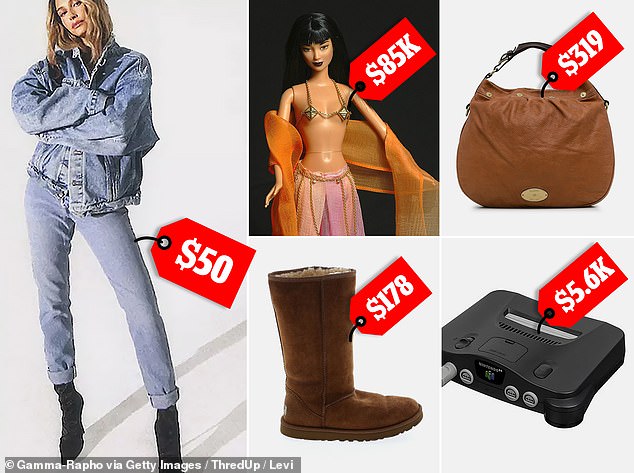
A growing number of Americans are turning to resale sites in an attempt to find bargains amid rampant inflation, while also looking for an eco-friendly way to cash in on items they no longer need.
For example, the ultra-rare, diamond-encrusted De Beers 40th Anniversary Barbie is now worth a whopping $85,000, while an original Nintendo 64 from 1996 can be worth up to $5,651.
And while the secondhand market for luxury clothing is also generating huge profits for some Americans, many are also looking for cheap deals when purchasing secondhand clothing.
According to ThredUp’s 2024 Resale Report, 60 percent of consumers said secondhand clothing gives them the most bang for their buck.
About 55 percent also said they would spend more on used clothing if the economy doesn’t improve.
In total, 52 percent of consumers of all generations bought second-hand products last year.
Globally, the secondhand clothing market grew 18 percent last year and is projected to reach $350 billion by 2028, according to the report.
In addition to ThredUp, online sites Vinted, Depop and eBay offer platforms for people to sell second-hand clothing.


“It is clear that resale is now firmly entrenched in the fashion landscape,” said Neil Saunders, CEO of GlobalData.
Prices on these sites range from tens of thousands of dollars to just a few dollars.
Currently on ThredUp is a brown Mulberry Mitzy Satchel for $319, or a classic pair of Ugg tall boots for $178, both of which were popular in the 2000s.
In 2023, the average selling price per item on the market was $23.65.
An increasing number of brands also offer their own second-hand platforms.
For example, in 2020, Levi’s launched Levi’s Secondhand, its own recommerce site and buyback program, with an ad campaign fronted by model Hailey Bieber.
Americans can purchase used Levi’s on the site for prices ranging from $30 to $60.
Neil Saunders, CEO of GlobalData, said: “With more than half of all consumers purchasing second-hand clothing last year, it is clear that resale is now firmly entrenched in the fashion landscape.
‘Younger shoppers turn to second-hand to express themselves and create their personal style; parents depend on second-hand to equip their families in a cost-effective and environmentally friendly way; and older generations turn to secondhand for affordable, high-end brands and for the thrill of the hunt.’
He added that it is this flexibility that plays a key role in the market’s promising growth trajectory.
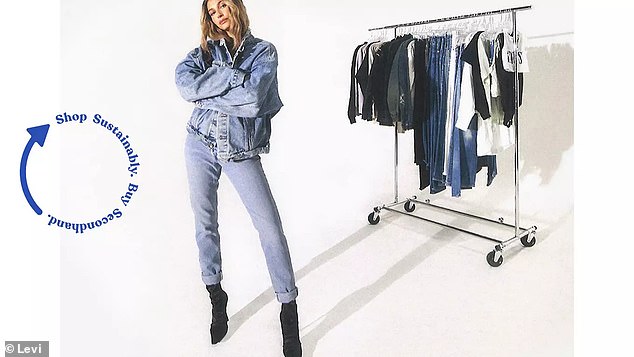

An increasing number of brands also offer their own reselling platforms. For example, Levi’s launched second-hand Levi’s in 2020.
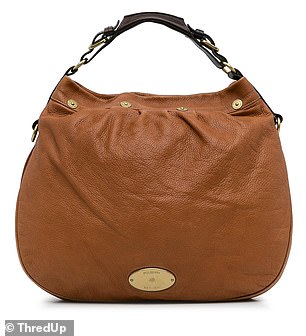

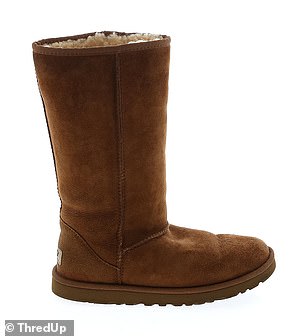

Currently on ThredUp is a brown Mulberry Mitzy Satchel for $319, or a classic pair of Ugg tall boots for $178, both of which were popular in the 2000s.
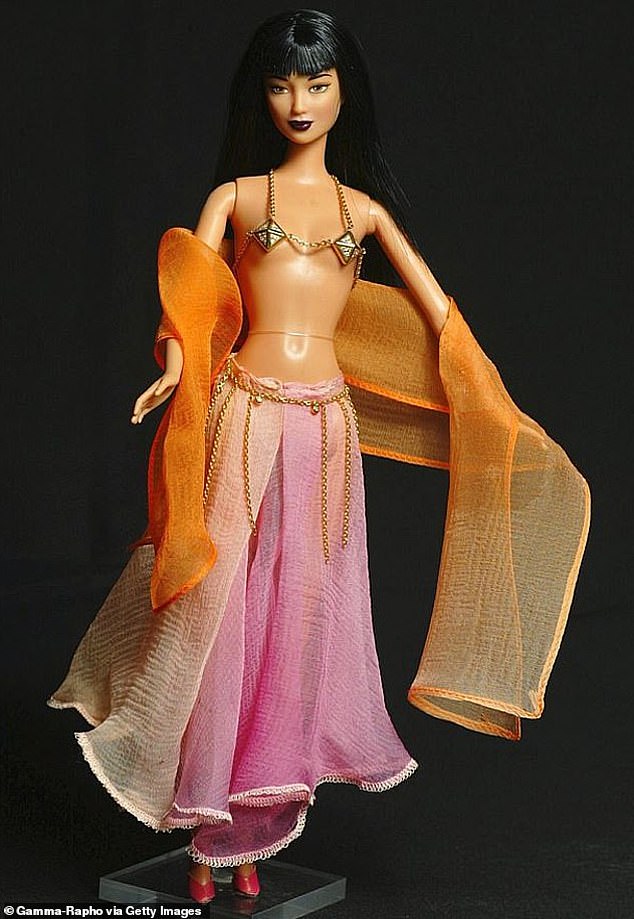

The De Beers 40th Anniversary Barbie (pictured) features 160 diamonds in all and sold at auction for $85,000.
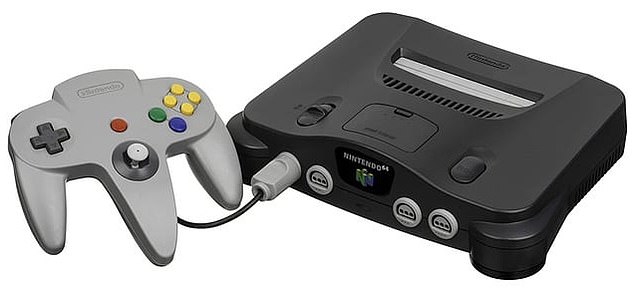

Despite the controller’s horrible design, the Nintendo 64 (pictured) is now the most expensive console of the ’90s, priced at $5,651.
ThredUp CEO James Reinhart told DailyMail.com how changes in consumer behavior and the retail landscape have contributed to increased popularity in the second-hand market.
“Thrift stores used to be full of products that people gave away, but now people have more power to monetize them,” he said.
“The default behavior now is not to give things away.”
Reinhart said research suggests that even if inflation remains sticky, people will continue to participate in the secondhand and resale market for years to come.
This comes as some shoppers have suggested that the price of second-hand items has soared at a rapid rate due to increased demand.
Reinhart responded, however, insisting that while pricing pressure is increasing, it hasn’t had a big impact on the cost of items on the market.
“We have not seen a big price increase due to an increase in the number of resellers,” he told DailyMail.com.
